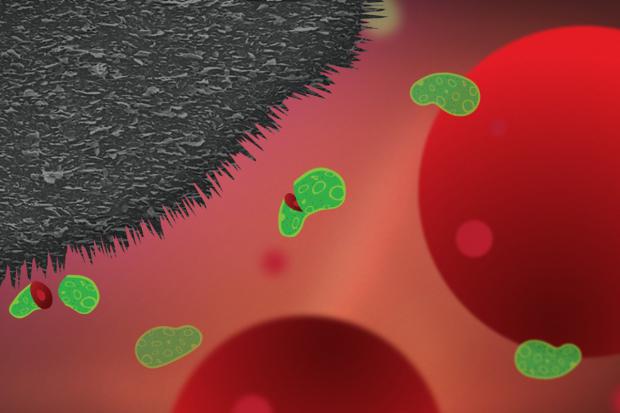
Breaking News
 Withdrawing the United States from International Organizations, Conventions, and Treaties...
Withdrawing the United States from International Organizations, Conventions, and Treaties...
 The Food Math Nobody Does (But Should)
The Food Math Nobody Does (But Should)
 Versatile Liquid Metal Composite Inks for Printable, Durable, and Ultra-Stretchable Electronics
Versatile Liquid Metal Composite Inks for Printable, Durable, and Ultra-Stretchable Electronics
 There is no need for me to write a post around the below illustrative video...
There is no need for me to write a post around the below illustrative video...
Top Tech News
 Kawasaki's four-legged robot-horse vehicle is going into production
Kawasaki's four-legged robot-horse vehicle is going into production
 The First Production All-Solid-State Battery Is Here, And It Promises 5-Minute Charging
The First Production All-Solid-State Battery Is Here, And It Promises 5-Minute Charging
 See inside the tech-topia cities billionaires are betting big on developing...
See inside the tech-topia cities billionaires are betting big on developing...
 Storage doesn't get much cheaper than this
Storage doesn't get much cheaper than this
 Laser weapons go mobile on US Army small vehicles
Laser weapons go mobile on US Army small vehicles
 EngineAI T800: Born to Disrupt! #EngineAI #robotics #newtechnology #newproduct
EngineAI T800: Born to Disrupt! #EngineAI #robotics #newtechnology #newproduct
 This Silicon Anode Breakthrough Could Mark A Turning Point For EV Batteries [Update]
This Silicon Anode Breakthrough Could Mark A Turning Point For EV Batteries [Update]
 Travel gadget promises to dry and iron your clothes – totally hands-free
Travel gadget promises to dry and iron your clothes – totally hands-free
 Perfect Aircrete, Kitchen Ingredients.
Perfect Aircrete, Kitchen Ingredients.
 Futuristic pixel-raising display lets you feel what's onscreen
Futuristic pixel-raising display lets you feel what's onscreen
Implant coating combines meds and silver to prevent infections

The technology was developed via a collaboration between Germany's Fraunhofer Institute for Manufacturing Technology and Advanced Materials, and the Charité-Universtitätsmedizin Berlin. It's part of the larger AntiSelectInfekt project.
The first step involves utilizing a laser to finely structure the surface of an existing titanium hip. Doing so leaves the surface of the metal full of microscopic pores, each one similar in shape to a tiny amphora – this means they're wider at the bottom than they are at the top.
Next, a technique known as physical vapor deposition is used to apply a thin layer of silver to the metal. The silver, which has antimicrobial properties, coats the inside walls of each pore without actually filling it up.
Finally, right before implantation, the titanium hip is dipped in an antibiotic solution. That liquid is drawn into the pores.
Once the hip has been implanted, the antibiotic (which is tailored to the specific needs of each patient) starts flowing from the pores into the surrounding tissue. This helps keep any infections from developing immediately after surgery. The silver, however, releases bacteria-killing ions for the next several weeks, providing protection against infections throughout the healing phase.



